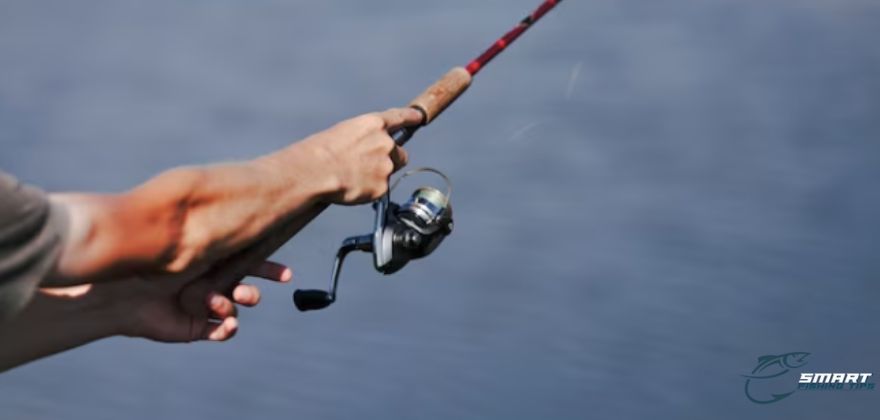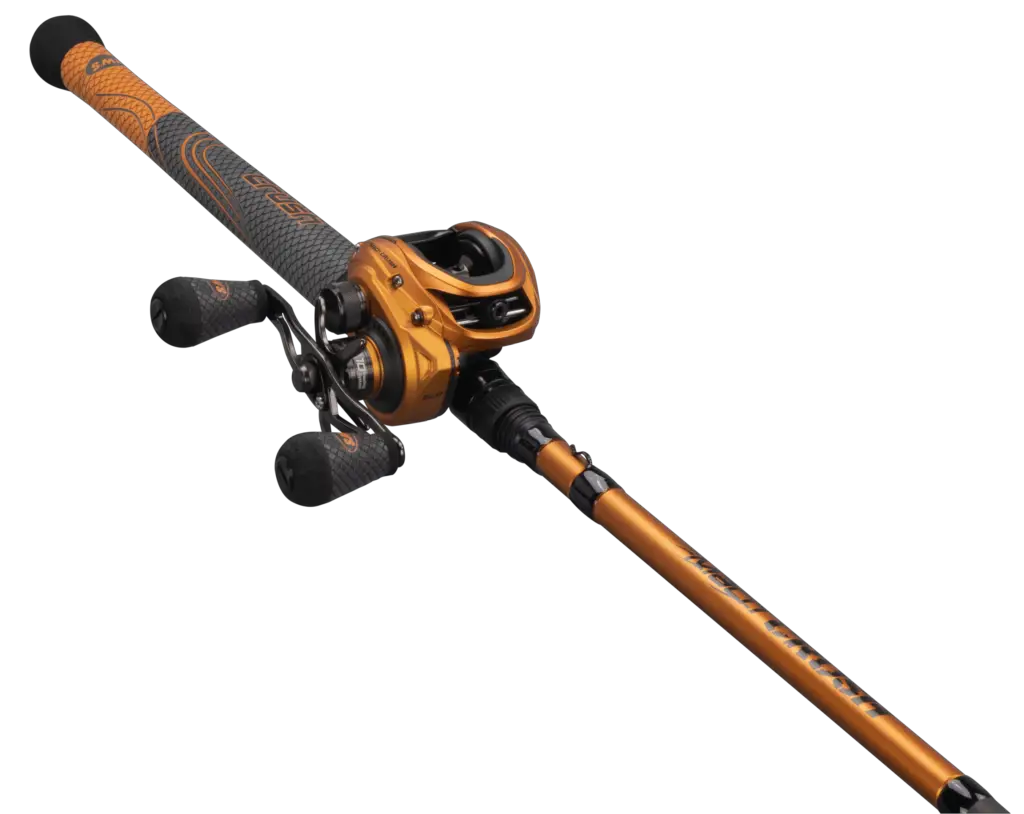
If you’re an avid angler, you know that having the right fishing equipment can make all the difference in your fishing experience. When it comes to fly fishing, one of the most crucial pieces of gear is the fly fishing rod. Whether you’re a seasoned pro or a beginner looking to delve into the world of fly fishing, selecting the right rod is paramount to your success on the water. In this comprehensive guide, we’ll take you through everything you need to know about choosing the perfect fly fishing rod. From understanding the components of a fly rod to considering the type of fishing you’ll be doing, we’ve got you covered.
When it comes to fly fishing, the right rod can greatly enhance your casting accuracy, line control, and overall fishing experience. As you embark on your journey to find the perfect fly fishing rod, it’s essential to understand the various factors that contribute to making the right choice.
Components of a Fly Fishing Rod
A fly fishing rod consists of several key components that work together to provide you with a seamless fishing experience. These components include the rod blank, grip, reel seat, guides, and tip-top. Each element plays a crucial role in determining the rod’s performance and durability.
Understanding Rod Action and Power
Rod action refers to how much the rod bends when pressure is applied to the tip, while rod power relates to the rod’s overall strength. These two factors influence how the rod casts and how it handles different types of fish.
Matching Rod Weight with Fishing Techniques

The weight of the rod is an important consideration as it affects your casting distance and accuracy. Different fishing techniques require specific rod weights, so it’s vital to choose one that complements your preferred style of fishing.
Choosing the Right Rod Length
The length of the rod impacts your casting distance, line control, and maneuverability. Shorter rods are ideal for tight spaces, while longer rods excel in open waters. Selecting the appropriate length will optimize your performance on the water.
Material Matters: Graphite vs. Fiberglass Rods
Fly fishing rods are commonly made from graphite or fiberglass, each offering distinct advantages. Graphite rods are lightweight and sensitive, while fiberglass rods are durable and forgiving. Choosing the right material depends on your fishing preferences.
Handle and Grip Considerations
The rod’s handle and grip greatly influence your comfort and control while casting. There are various handle shapes and materials to choose from, ensuring you find the perfect fit for your hand and casting style.
Reel Seat and Guides
The reel seat secures the fishing reel to the rod, and guides direct the fly line along the rod blank. High-quality reel seats and guides enhance the rod’s performance and prevent line tangles during casting.
Balancing Your Setup
Achieving a balance between your rod, reel, and fly line is crucial for optimal performance. A well-balanced setup improves casting accuracy and reduces fatigue during long fishing sessions.
Fly Lines and Rod Compatibility

Different fly lines are designed for specific fishing conditions and rod types. Understanding the compatibility between your chosen rod and fly line ensures efficient casting and presentation of flies.
Exploring Different Rod Types
Various rod types cater to different fishing scenarios, such as freshwater or saltwater fishing, and target specific fish species. Exploring these options allows you to select a rod that suits your intended fishing environment.
Budget-Friendly vs. High-End Rods
Fly fishing rods come in a wide price range. While budget-friendly options can offer good performance, high-end rods often provide advanced features and technology. Assessing your budget and fishing goals will help you make the right choice.
Maintenance and Care Tips
Proper maintenance of your fly fishing rod extends its lifespan and ensures consistent performance. Regular cleaning, checking for damage, and storing the rod correctly contribute to its longevity.
Finding the Perfect Fly Fishing Rod: A Step-by-Step Guide
- Determine your fishing preferences and goals.
- Consider the type of water you’ll be fishing in (freshwater or saltwater).
- Choose a rod length based on your fishing environment and casting style.
- Select the appropriate rod weight for your preferred fishing techniques.
- Decide between graphite and fiberglass rods based on your desired attributes.
- Test the handle and grip to ensure comfort and control.
- Evaluate the quality of the reel seat and guides.
- Balance your rod, reel, and fly line for optimal performance.
- Match your rod with compatible fly lines for efficient casting.
- Explore different rod types that align with your fishing pursuits.
- Determine your budget range and compare options.
- Learn about warranty and customer reviews before making a final decision.
Final Thoughts
Choosing the perfect fly fishing rod is an exciting yet critical decision that can greatly impact your fishing success. By understanding the various factors that influence rod performance and taking the time to evaluate your preferences and needs, you can make an informed choice that enhances your fly fishing adventures.
The ideal rod length depends on your fishing environment and casting style. Shorter rods are suitable for tight spaces, while longer rods excel in open waters.
While some rods are versatile enough to handle both environments, it’s recommended to choose a rod specifically designed for the type of water you’ll be fishing in.
High-end rods often come with advanced features and technology, offering enhanced performance. However, budget-friendly options can still provide satisfactory results for many anglers.
Regularly clean your rod after each fishing trip and inspect it for any damage. Proper maintenance will ensure the rod’s longevity and consistent performance.

